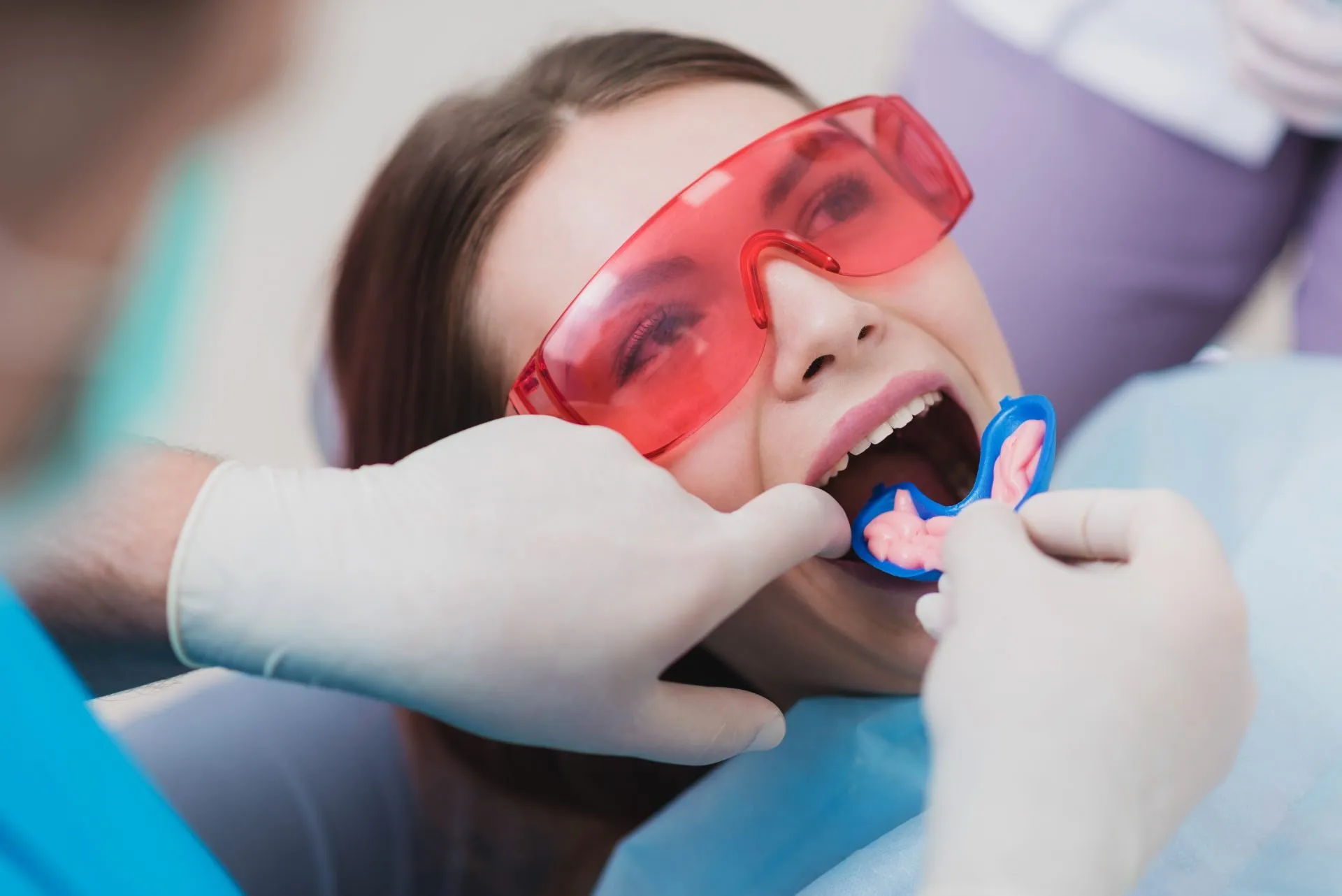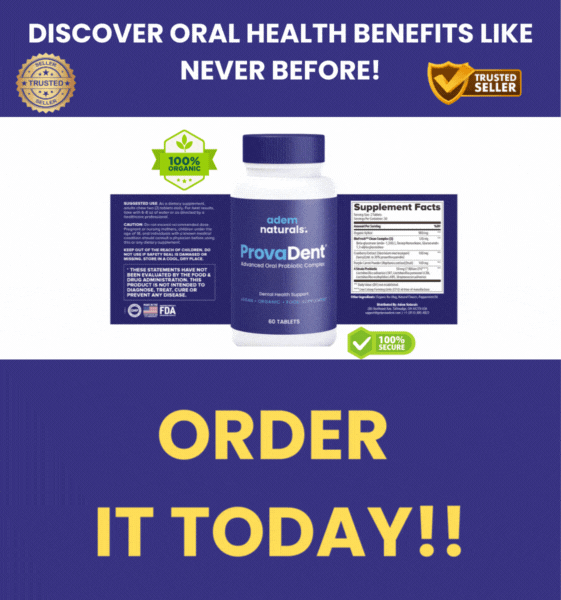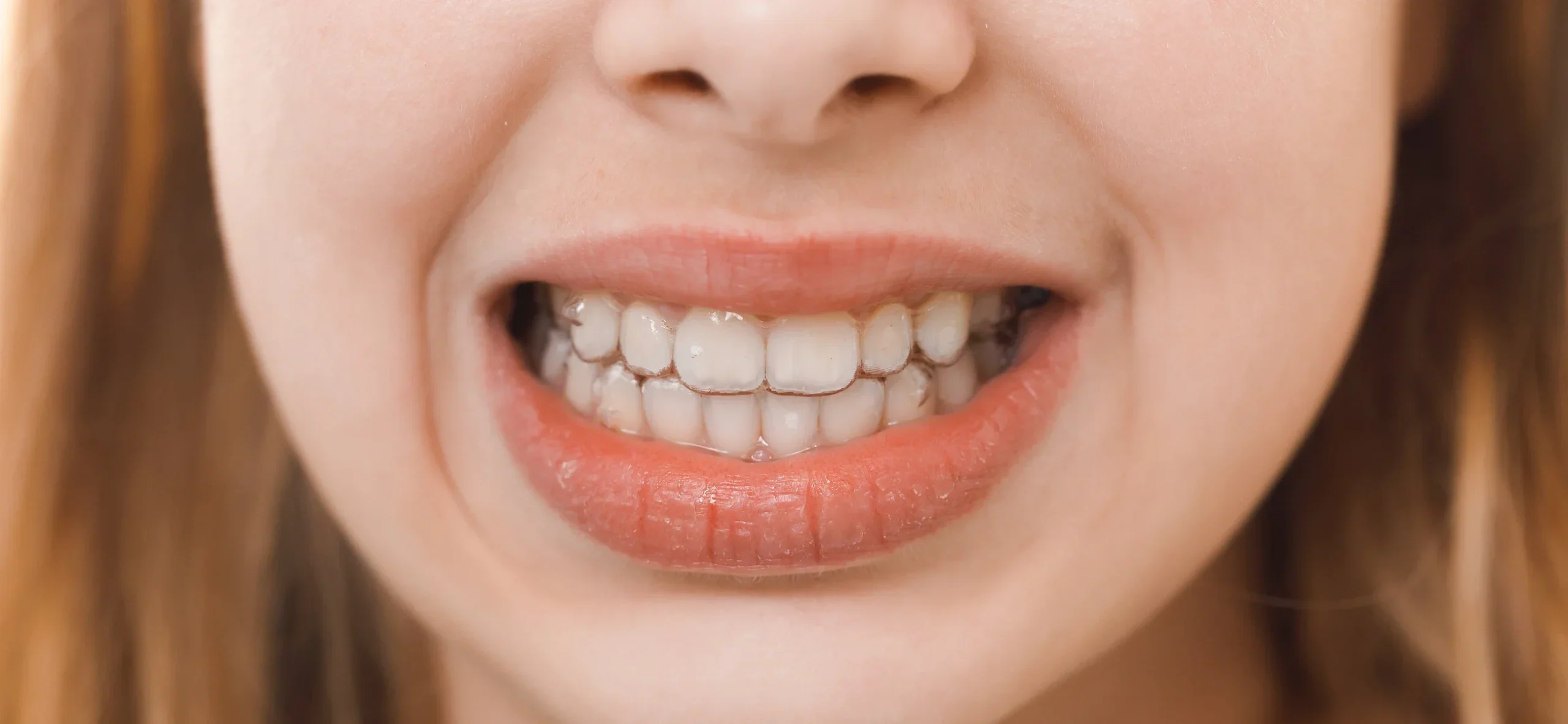When you visit your dental office for a regular checkup, your dentist might recommend a professional fluoride treatment. These treatments offer significantly higher concentrations of fluoride than what you’d find in your everyday toothpaste or mouthwash. But what exactly are these treatments, how do they work, and why might you need one? This comprehensive guide will walk you through everything you need to know about fluoride treatments and how they can benefit your oral health.
What is Fluoride and Why is it Essential for Your Teeth?
Fluoride is a naturally occurring mineral found in various foods like fish, tea, and eggs, as well as in water sources. This powerful mineral plays a crucial role in preventing tooth decay and strengthening your tooth enamel – the protective outer layer of your teeth.
When you consume foods and drinks containing sugars and starches, the bacteria in your mouth produce acids that attack your tooth enamel. This process, known as demineralization, can lead to cavities and tooth decay over time. Fluoride helps counteract this by:
Try Our Dental Calculators
- Enhancing your body’s ability to use minerals like calcium and phosphate to repair weakened tooth enamel
- Strengthening developing teeth in children, making them more resistant to acid attacks
- Slowing or even reversing early stages of tooth decay
- Fighting cavity-causing bacteria through the formation of fluorapatite during enamel remineralization
These benefits collectively help reduce your risk of cavities, slow the progression of decay, extend the life of your natural teeth, and potentially reduce your need for extensive dental treatments.
Types of Professional Fluoride Treatments Available in Dental Offices
When you visit your dental practice for a professional fluoride application, your dentist or dental hygienist has several options to choose from. Each type has its own unique characteristics, application methods, and benefits.
Fluoride Varnish: The Modern Standard
Fluoride varnish has become the gold standard for in-office fluoride applications, particularly recommended by the American Dental Association (ADA) and the American Academy of Pediatric Dentistry (AAPD).
This highly concentrated fluoride solution contains approximately 22,600 ppm of fluoride, typically as 2.26% or 5% sodium fluoride in a fast-drying alcohol and resin-based solution. During application, your dental professional will paint this varnish directly onto your clean, dry teeth using a small brush.
The varnish hardens quickly once it comes into contact with your saliva, creating a sticky layer that adheres to your tooth surfaces. You’ll need to leave it on for approximately 4-6 hours, during which time you should avoid eating hot foods or drinking hot beverages. Some dentists might recommend leaving it on for up to 24 hours for maximum effectiveness.
Advantages of fluoride varnish include:
- Available in different flavors, making it more palatable
- Quick-drying, even in the presence of saliva
- Ideal for patients with strong gag reflexes since no trays are required
- Minimal risk of fluoride ingestion due to the small amounts used
- Sticky consistency allows for prolonged contact with tooth surfaces
- Can reduce cavity-causing bacteria significantly
- Fast and easy application process
Potential disadvantages:
- May temporarily discolor your teeth or some filling materials
- Higher cost compared to gel and requires a prescription
- Some patients report an unpleasant taste when consuming food within 24 hours of treatment
Fluoride Gel or Foam: The Traditional Approach
Fluoride gel or foam treatments typically contain 1.23% acidulated phosphate fluoride (APF) or neutral sodium fluoride, providing approximately 12,300 ppm of fluoride. These formulations come in various flavors and are designed for tray application.
During the procedure, your dentist will place the gel or foam in a tray that fits over your teeth. The tray ensures the fluoride contacts all tooth surfaces simultaneously for maximum benefit. Standard application time is approximately 4 minutes, with treatments sometimes repeated several times during a single appointment.
Advantages of fluoride gel/foam:
- Long history of use with proven effectiveness
- Generally lower cost compared to varnish
- Available over-the-counter (unlike varnish which requires a prescription)
- APF gel can achieve similar reactivity to varnish in just 4 minutes
Potential disadvantages:
- Can be messy and uncomfortable for some patients
- Higher risk of ingestion, making it less suitable for young children
- Requires you to avoid eating or drinking for several hours after application
- May have a bitter taste
- Requires the use of trays, which can trigger gag reflexes in sensitive patients
Professional Fluoride Rinse: The Convenient Option
Professional fluoride rinses or mouthwashes contain higher concentrations of fluoride than over-the-counter products. These rinses are used either in dental offices or prescribed for home use for patients with high risk of dental caries.
After brushing, you’ll swish a small amount of fluoride rinse around your mouth for about a minute and then spit it out. In a professional setting, this typically takes just one minute, while prescribed rinses may be recommended for daily use over a week or more.
Advantages of fluoride rinse:
- Simple application process
- Generally well-tolerated by most patients
- Can be prescribed for home use to extend protection
Potential disadvantages:
- Shorter contact time with teeth compared to varnish
- Not suitable for very young children who might swallow the rinse
- Requires patient compliance for home use
Professional Strength Fluoride Toothpaste: The Daily Defender
Professional fluoride toothpastes contain significantly higher concentrations of fluoride than over-the-counter options – up to 5,000 ppm compared to the standard 1,000-1,500 ppm in regular toothpastes.
You’ll use this toothpaste just like your regular toothpaste, typically as a daily treatment to maintain fluoride levels in your enamel.
Advantages of professional fluoride toothpaste:
- Easily integrates into your existing oral hygiene routine
- Provides consistent, low-dose fluoride exposure
- Can complement other professional treatments
Potential disadvantages:
- Requires prescription for high-concentration formulations
- Depends on your consistency and compliance
- Lower concentration than in-office treatments
Comparing Fluoride Treatments: Which One is Right for You?
When deciding which fluoride treatment is most appropriate, your dentist will consider various factors including your age, cavity risk factors, comfort preferences, and overall oral health status.
| Treatment Type | Fluoride Concentration | Application Method | Application Time | Best For | Key Benefits |
|---|---|---|---|---|---|
| Fluoride Varnish | 22,600 ppm (2.26% or 5% sodium fluoride) | Painted directly onto teeth | 4-24 hours contact time | Children, patients with gag reflexes, high-risk patients | Easy application, minimal ingestion risk, prolonged contact |
| Fluoride Gel/Foam | 12,300 ppm (1.23% APF or neutral sodium fluoride) | Applied in custom trays | 4 minutes | Adolescents, adults, routine preventive care | Quick reactivity, cost-effective, proven track record |
| Professional Rinse | Varies, higher than OTC products | Swished in mouth | 1 minute | Patients who can’t tolerate trays or varnish | Simplicity, good coverage of hard-to-reach areas |
| Professional Toothpaste | Up to 5,000 ppm | Used like regular toothpaste | Daily use | Home maintenance, high-risk patients | Daily protection, integration with existing routines |
Effectiveness Comparisons
Research comparing the effectiveness of different fluoride treatments has found that:
- Both varnish and gel treatments are effective at preventing cavities, with varnish showing slightly better results on the surfaces between teeth.
- Fluoride varnish needs to remain in contact with teeth for longer periods (4+ hours) to achieve the same reactivity obtained by a 4-minute application of APF gel.
- For patients with orthodontic treatment, varnish proves more effective than gel in preventing white spot lesions over both 3-month and 6-month periods.
Patient Preference
Studies examining patient preferences have found that:
- Over 56% of patients report varnish application to be more comfortable than gel
- More than 71% prefer the taste of varnish over gel
- Approximately 50% find varnish application requires less time than gel
- Despite temporary discoloration being noticeable to about half of patients, nearly two-thirds still prefer varnish treatment over gel
Professional Preference
Dental hygienists consistently rate fluoride varnish superior to fluoride gels in categories including taste, comfort, efficiency, moisture control, and safety, making it increasingly the preferred choice in modern dental practices.
Who Benefits Most from Professional Fluoride Treatments?
While everyone can benefit from fluoride’s protective properties, certain groups may need professional fluoride applications more frequently.
Children and Adolescents
Children can begin receiving fluoride varnish treatments once their first tooth appears. The AAPD and ADA recommend fluoride varnish as the standard of care for children, with applications recommended at least every 3-6 months for children under 6 years.
For older children and adolescents (ages 6-18), either 2.26% sodium fluoride varnish or 1.23% APF fluoride gel is recommended at least every 3-6 months. Fluoride treatments are particularly important during orthodontic treatment to prevent white spot lesions around braces.
Adults
The ADA recommends professional fluoride treatment every 3, 6, or 12 months for adults, depending on oral health status. You may particularly benefit from fluoride treatments if you have:
- Dry mouth (xerostomia) or decreased saliva production
- Weak enamel or signs of enamel erosion
- History of frequent cavities or dental decay
- Poor oral hygiene habits
- Limited access to regular dental care
- Diet high in sugars or acidic foods
- Crowns, bridges, or other dental restorations
- Orthodontic appliances like braces
Frequently Asked Questions About Professional Fluoride Treatments
Are professional fluoride treatments safe?
Yes, professional fluoride treatments are safe when applied by a trained dental professional. The amount used is carefully controlled, and the benefits far outweigh any potential risks for most patients.
Do professional fluoride treatments hurt?
No, professional fluoride treatments are painless. You might notice a temporary change in taste or texture in your mouth, but there should be no discomfort during or after the procedure.
How often should I get a fluoride treatment?
The frequency of fluoride treatments depends on your individual risk factors. Most dentists recommend treatments every 3-12 months, with more frequent applications for high-risk patients.
Are fluoride treatments covered by dental insurance?
Many dental insurance plans cover fluoride treatments, especially for children. Coverage for adults varies by provider. Check with your insurance company to understand your specific benefits.
Can I eat or drink after a fluoride treatment?
After a fluoride varnish treatment, you should wait at least 4-6 hours before eating or drinking hot items. For gel treatments, your dentist will provide specific instructions, but generally, you should wait 30 minutes before eating or drinking.
The Future of Fluoride Treatments in Dentistry
As preventive dentistry continues to evolve, we’re seeing ongoing innovations in fluoride delivery systems to make treatments more effective, comfortable, and convenient for patients. Some developing trends include:
- Combination therapies that pair fluoride with other preventive agents like calcium phosphates
- Slow-release fluoride devices for patients at extremely high risk of decay
- More palatable flavors and delivery methods to improve patient experience
- Smart technologies that can measure and monitor fluoride levels in the enamel
Maximizing the Benefits of Your Professional Fluoride Treatment
To get the most from your in-office fluoride application, consider these tips:
- Follow your dentist’s post-treatment instructions carefully
- Maintain a consistent home oral hygiene routine with fluoride toothpaste
- Drink fluoridated water when available
- Limit sugary and acidic foods and beverages
- Keep up with regular dental checkups and cleanings
- Discuss your specific cavity risk factors with your dental team
Conclusion: Making Fluoride Treatments Part of Your Preventive Care Strategy
Professional fluoride treatments remain a cornerstone of preventive dental care, offering significant protection against tooth decay through various application methods. While all forms of professional fluoride treatment are effective, fluoride varnish has increasingly become the preferred option for many dental professionals due to its ease of application, patient comfort, and proven efficacy across age groups.
By incorporating regular professional fluoride applications into your preventive care routine, you’re taking a proactive step toward maintaining healthy teeth and reducing your risk of costly dental problems in the future. Talk to your dentist about which type of fluoride treatment is right for you and how frequently you should receive it based on your individual needs and risk factors.
Remember that professional fluoride treatments work best as part of a comprehensive approach to oral health that includes good home care, regular dental checkups, and a balanced diet. With this multi-faceted approach, you can enjoy a healthy, cavity-free smile for years to come.





